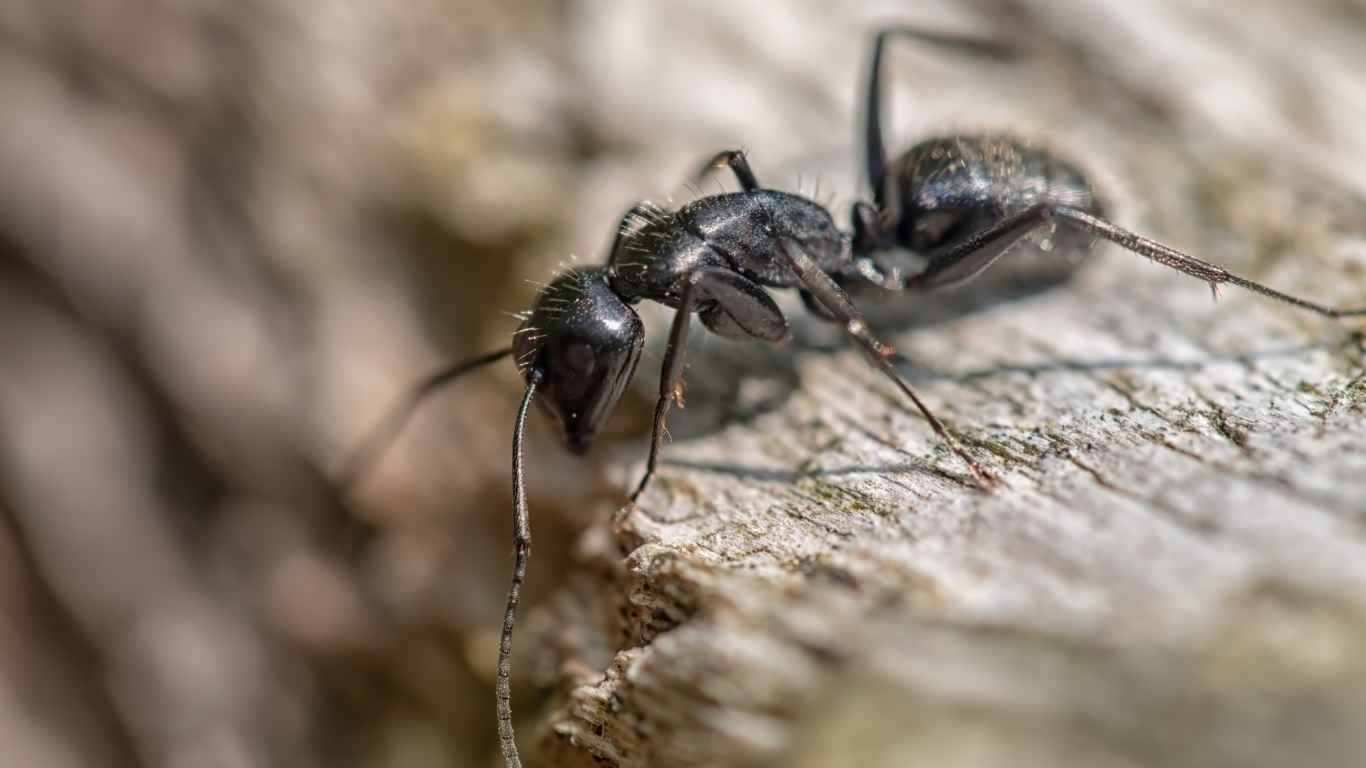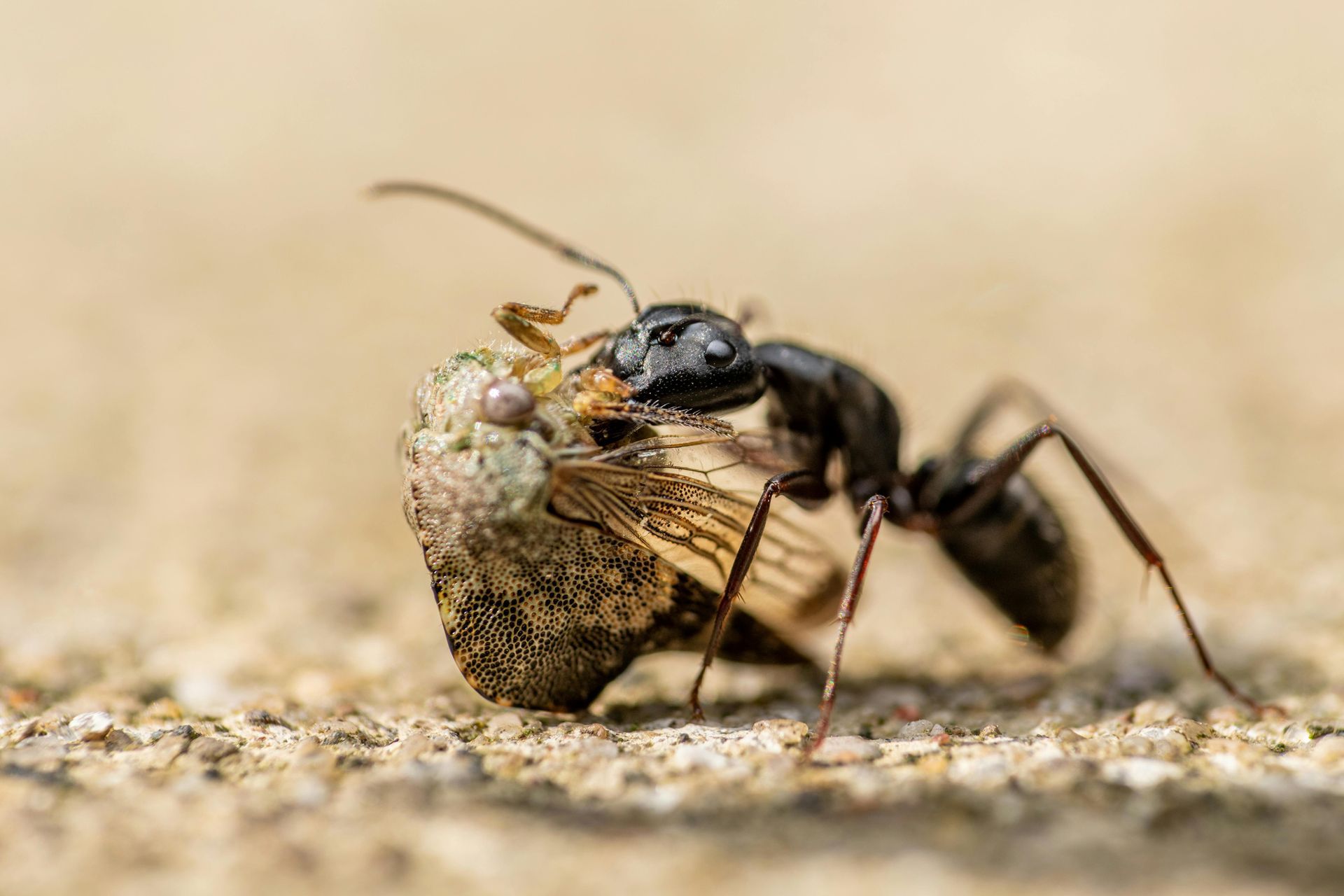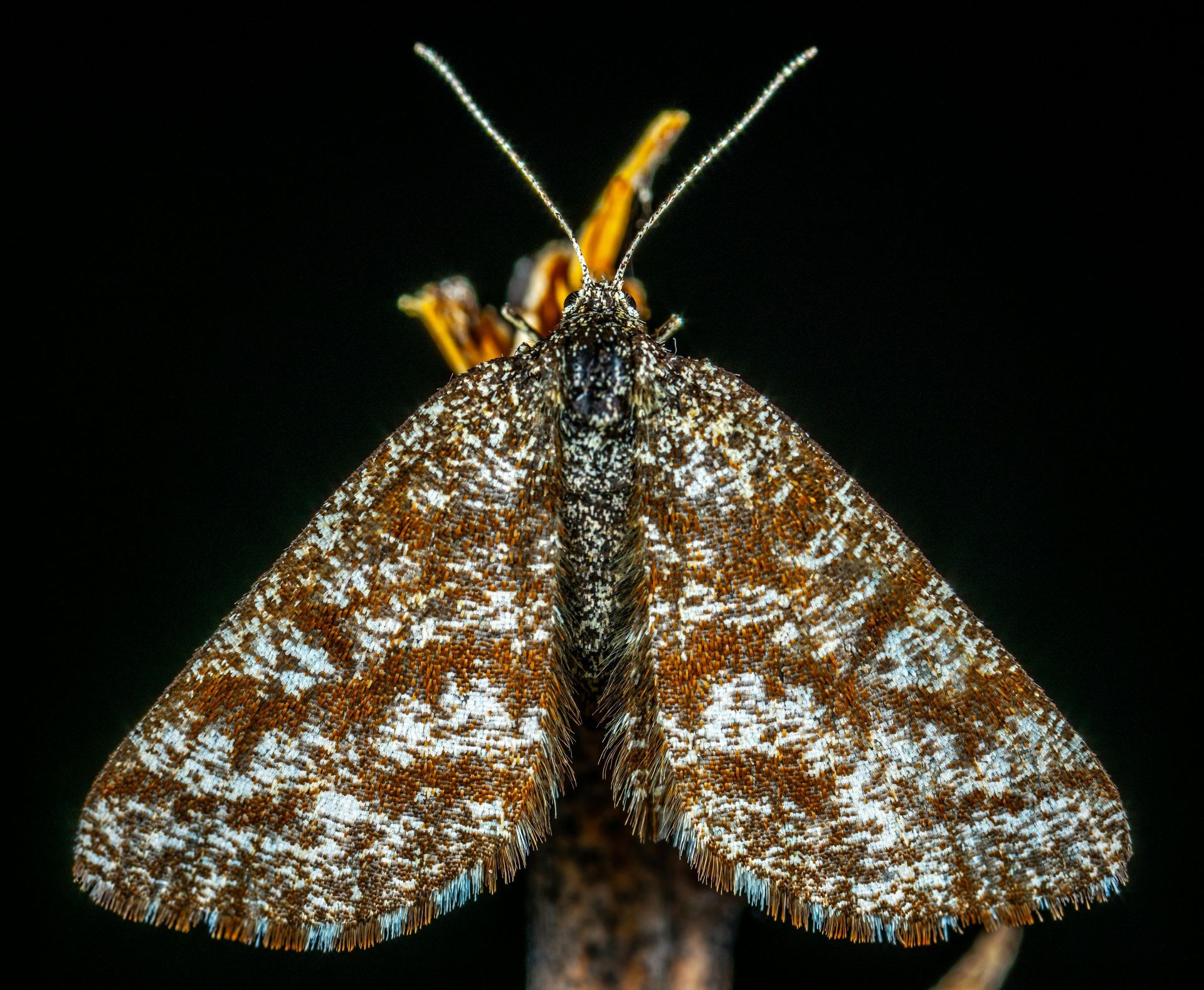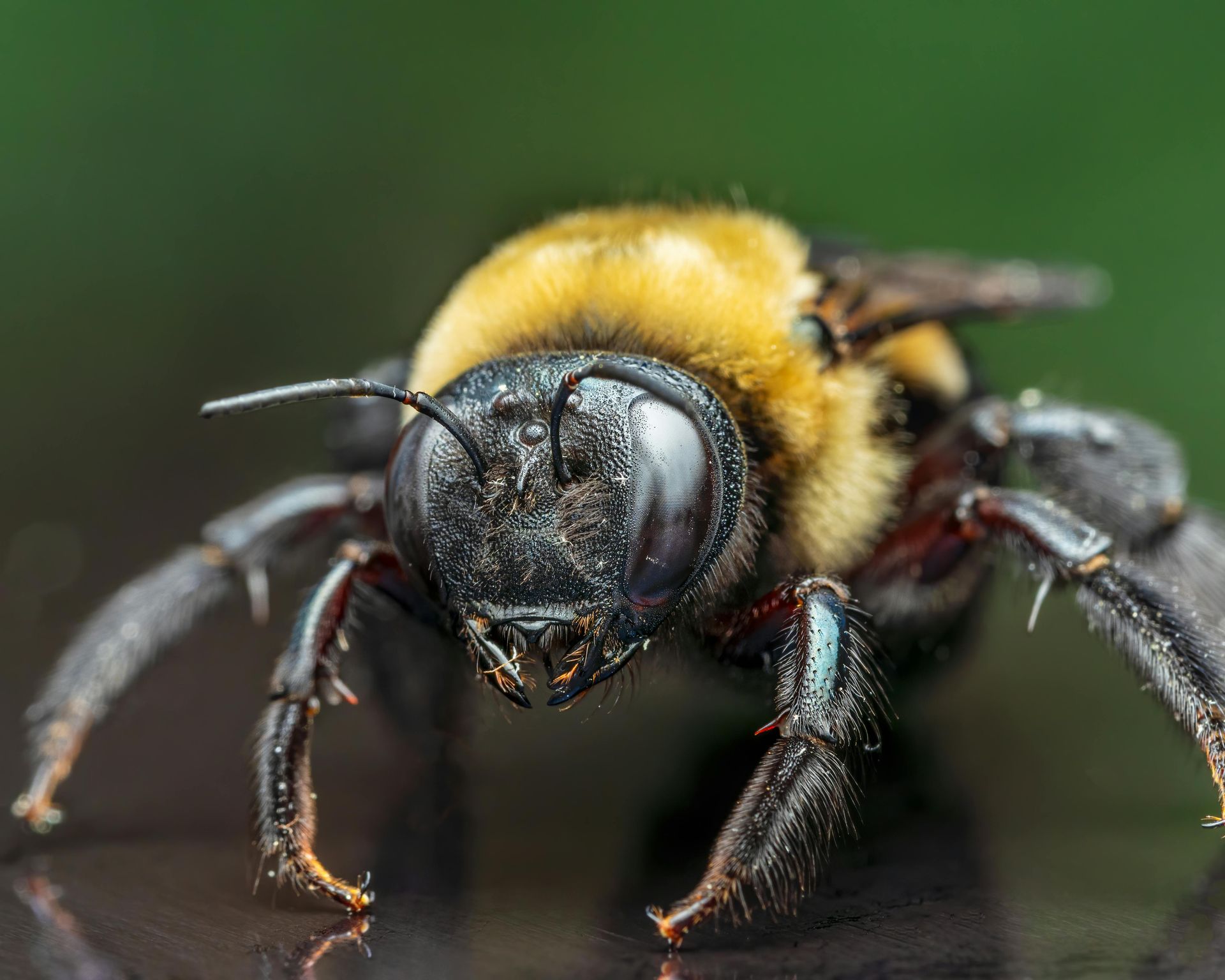Why DIY Carpenter Ant Removal Usually Fails — and What Actually Works
This is a subtitle for your new post
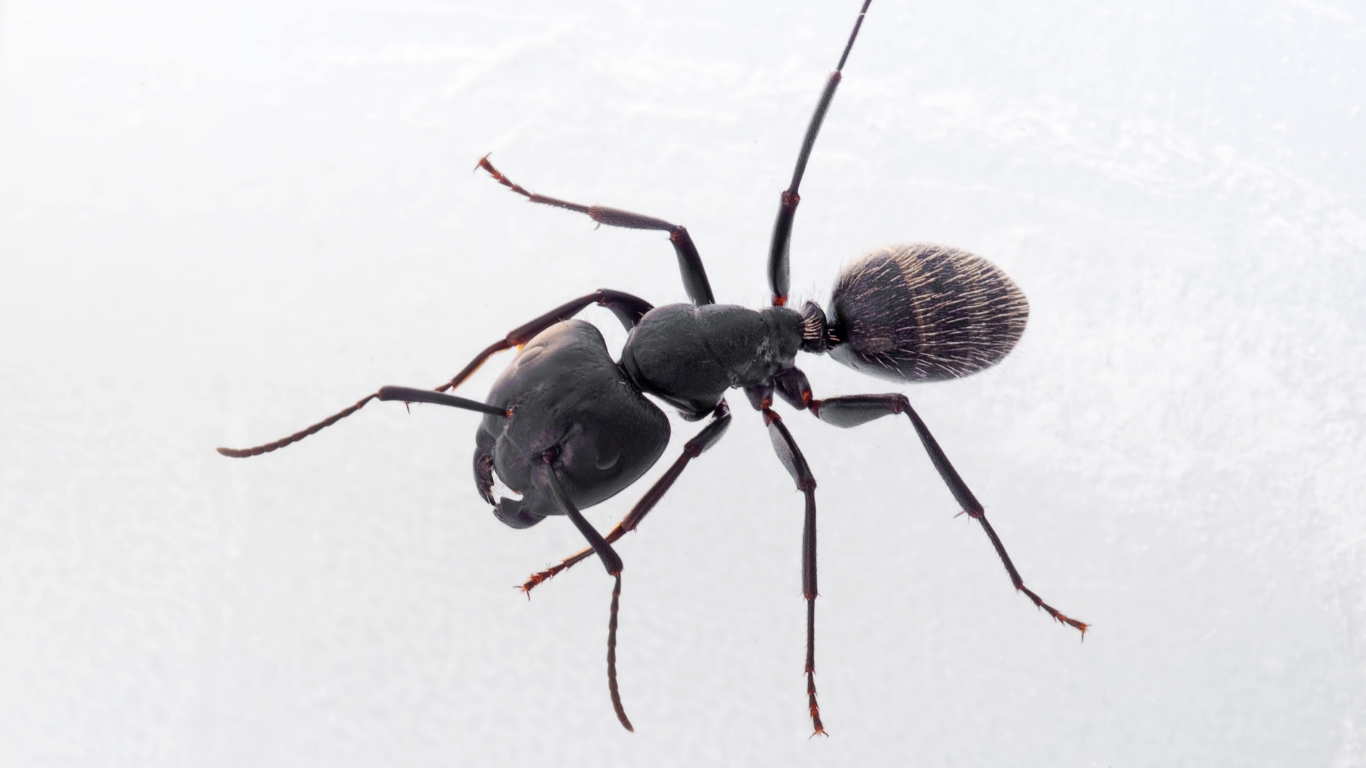
When homeowners first notice a few large black ants in the kitchen or bathroom, the natural instinct is to grab a can of spray or look up a home remedy online. A quick internet search might suggest using vinegar, cinnamon, boric acid, or essential oils to get rid of carpenter ants.
But here’s the problem: those ants you see? They’re just the tip of the colony.
DIY approaches often treat what’s visible—but carpenter ants build complex, hidden nests deep within your home’s structure. Without eliminating the source, they’ll keep coming back. In fact, trying to handle carpenter ants yourself often gives them more time to multiply—and causes more damage to your home.
At Pied Piper Pest Control, we specialize in identifying, treating, and eliminating carpenter ant infestations across Long Island and the Metro Area. Here’s why doing it yourself rarely works—and what actually does.
DIY Carpenter Ant Treatments Usually Fail. Here’s Why.
Carpenter ants aren’t like other ants. They’re smart, stubborn, and build nests inside wood—especially if it’s damp, decaying, or hidden from view.
Most homeowners try the following DIY methods:
- Spraying visible ants
- Setting store-bought ant bait traps
- Pouring vinegar or bleach into cracks
- Using essential oils like peppermint or tea tree oil
- Sprinkling diatomaceous earth or borax around baseboards
These might kill a few ants—but the real problem is the colony, which is likely buried deep in a wall, under the floor, or even in the attic. Carpenter ant nests are built inside wood. Unless you physically reach and treat the nest, you’re not stopping the infestation.
Worse, many DIY treatments cause ants to relocate or split off into satellite colonies, which can make your problem even harder to control later on.
That’s why at Pied Piper Pest Control, our first step is always to find the nest—not just kill the foragers.
What DIY Methods People Use (and Why They Don’t Work Long-Term)
Let’s break down the most common home treatments people try—and their limitations.
1. Vinegar or Essential Oils
Vinegar can disrupt scent trails, and oils like peppermint may repel ants short-term. But they don’t kill colonies. And carpenter ants will simply reroute around treated areas.
2. Over-the-Counter Ant Sprays
These kill visible ants on contact, but they don’t eliminate the nest. Worse, sprays can cause ants to scatter and build new satellite nests elsewhere in your home.
3. Ant Bait Traps
Most DIY bait products aren’t strong enough for carpenter ants. They might attract a few ants, but they don’t draw in the whole colony—especially not the queen.
4. Cinnamon, Borax, Diatomaceous Earth
These powders can deter or kill small numbers of ants on contact, but only if ants walk directly through them. They don’t reach hidden nests and don’t solve the core issue.
5. Drilling Into Walls or Spraying Inside Wood
Some homeowners try drilling holes into walls to find nests. This is risky—damaging your home without finding the source. Even if you locate a nest, most DIY products don’t penetrate deeply enough to be effective.
The truth? If you’re relying on store-bought sprays or online hacks, you’re only buying time—while the colony continues to grow inside your home.
Need help finding the real nest? Pied Piper’s team specializes in non-invasive detection methods that pinpoint the colony and eliminate it fast.
How DIY Can Make a Carpenter Ant Problem Worse
It’s not just that DIY solutions don’t work—it’s that they can actively delay effective treatment and give the infestation time to spread. Here’s how that happens:
❌ Wasted Time
Every week spent trying vinegar or bait traps is a week the colony keeps expanding inside your walls, floors, or ceiling beams.
❌ Hidden Structural Damage
While you focus on killing surface ants, carpenter ants are tunneling through wooden supports—weakening the structural integrity of your home.
❌ Scattering the Colony
Improper sprays or repellents often cause ants to scatter and create satellite nests, making the infestation harder to eliminate later.
❌ Damaged Property
Some homeowners attempt to access nests by tearing open walls or flooring. This usually results in expensive repairs—without removing the colony.
❌ Recurring Infestations
Even if your DIY treatment seems to work, if the queen survives (she usually does), the problem comes back in weeks—or even days.
Carpenter ants are patient. If you disturb them but don’t eliminate them, they adapt. That’s why we strongly recommend reaching out to professionals like Pied Piper Pest Control at the first sign of activity.
The Real Reason Carpenter Ants Keep Coming Back
We often hear from homeowners who say:
“I’ve treated for carpenter ants three times this year. Why do they keep coming back?”
The short answer: You didn’t eliminate the root cause.
There are three main reasons infestations keep returning:
1. The Nest Was Never Fully Removed
Killing worker ants or spraying trails doesn’t touch the core colony. Carpenter ants can survive with multiple nests across your home or property.
2. Moisture Is Still Present
Carpenter ants are drawn to moisture-damaged wood. If you haven’t fixed leaks, poor ventilation, or rotting exterior wood, ants will keep coming back.
3. Gaps and Entry Points Were Left Open
Cracks in siding, gaps around windows, and unsealed utility lines provide easy access for new colonies to form.
At Pied Piper Pest Control, our inspections go beyond the infestation. We identify why the ants chose your home—and help you eliminate the source, not just the symptoms.

What Actually Works: Professional Carpenter Ant Removal
Here’s what sets professional exterminators apart from DIY:
✅ Full Property Inspection
We examine your home inside and out to locate all nests and entry points. No guesswork.
✅ Advanced Moisture Detection
We use tools to find hidden leaks and moisture buildup—key factors in carpenter ant infestations.
✅ High-Efficacy Treatments
Our insecticides and bait systems are not available in stores. They’re stronger, more targeted, and safe for families and pets.
✅ Direct Nest Elimination
We inject treatments directly into walls or nesting sites, ensuring the queen and entire colony are destroyed.
✅ Preventive Measures
We seal entry points, provide moisture-control tips, and schedule follow-ups to ensure the ants don’t return.
When you choose Pied Piper Pest Control, you’re not just getting a one-time spray. You’re getting a complete carpenter ant solution that eliminates the current infestation and prevents new ones.
Final Thoughts: DIY May Delay, But It Doesn’t Defeat Carpenter Ants
Trying to get rid of carpenter ants yourself might feel like the faster, cheaper option—but in most cases, it just gives the infestation more time to spread.
Carpenter ants are different from nuisance ants. They’re destructive, stealthy, and persistent. The only reliable way to stop them is to find the nest, eliminate the colony, and address the environmental causes that led them to your home in the first place.
That’s where Pied Piper Pest Control comes in. We offer:
- Same-day service across Long Island and Metro NYC
- Licensed, experienced exterminators
- Safe, effective carpenter ant treatments
- Long-term prevention strategies tailored to your home
Stop wasting money on sprays that don’t work.
Stop wondering if the ants are gone.
Get it done right—right now.


